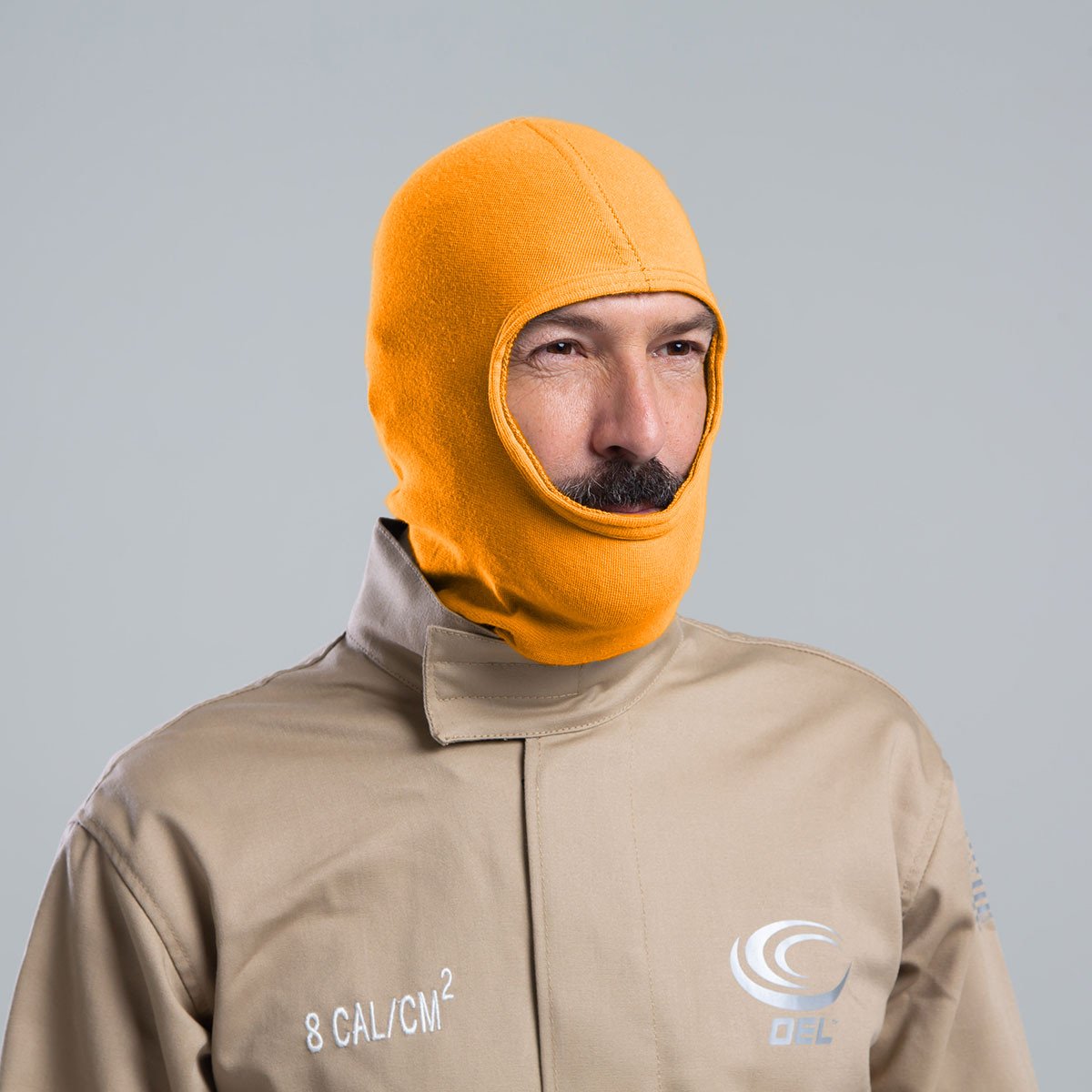The Most Effective Balaclava Wearing Technique for Arc Flash Protection
The Most Effective Balaclava Wearing Technique for Arc Flash Protection
A balaclava is an essential component of personal protective equipment (PPE) for shielding oneself against arc flashes. A balaclava is a headgear covering the whole head and neck, except for the eyes and, in some cases, the mouth. It is widely employed to protect employees from hazards such as arc flashes in various sectors, including electrical, oil & gas, and mining.
Therefore, wearing a balaclava alone will not provide complete protection. To optimize its efficiency in insulating you from the harmful consequences of an arc flash, you must understand how to wear it properly.
In this blog article, we’ll describe how to wear a balaclava to provide maximum protection from an arc flash.
Why Do You Need an Arc Flash Protection Balaclava?
Before we go into how to wear a balaclava correctly, let’s first discuss why it’s important in the first place. An arc flash is a quick and abrupt discharge of electrical energy that can create extreme heat, blinding light, and a forceful pressure wave, all of which can inflict serious harm or even death to anybody in its path.
Arc flashes can occur for a variety of causes, including equipment fault, human mistakes, or environmental variables. These can happen in a fraction of a second and leave the victim with serious burns, visual impairment, and lung issues.
Using PPE, especially a balaclava, is the best approach to prevent arc flash injuries. A balaclava protects the head and neck from the heat and pressure of an arc flash. It can help protect the skin and hair from burns produced by a burst of hot air.
How Should a Balaclava Be Worn for Optimal Protection?
Wearing a balaclava correctly is crucial to ensure optimal protection against arc flashes. Here are some pointers on how to correctly wear a balaclava:
Choose the Best Cloth
When choosing a balaclava, look for one composed of flame-resistant (FR) material that fulfills arc flash protection industry requirements. FR materials are intended to endure high temperatures without catching fire or melting, which can result in serious injury.
Nomex and Kevlar are the most often utilized materials for FR balaclavas. These materials have been tested and approved to provide dependable arc flash protection. They are also lightweight and easy to wear, making them ideal for long periods of use.
Check for Good Fit
The balaclava should fit firmly over the head and neck, with no gaps or loose regions that might expose skin. A correct fit ensures that the balaclava completely covers the head and neck, offering optimum protection against the heat and pressure created by an arc flash.
It’s vital to keep in mind that a balaclava shouldn’t be overly tight since it might impede blood flow to the head and create pain. A balaclava that is too big might expose the skin to the heat and pressure of an arc flash.
Include the entire head and neck.
The balaclava should cover the whole head and neck except for the eyes and, occasionally, the lips. This shields the skin and hair from the heat and pressure of an arc flash.
The balaclava must reach past the shirt’s neckline or coveralls since this keeps the skin from being exposed to the heat and pressure of an arc flash.
Author: Bryan Rupert
This content is provided by Bryan Rupert, owner of Facility Results.
Click here to learn more about Facility Results and the training services provided.



